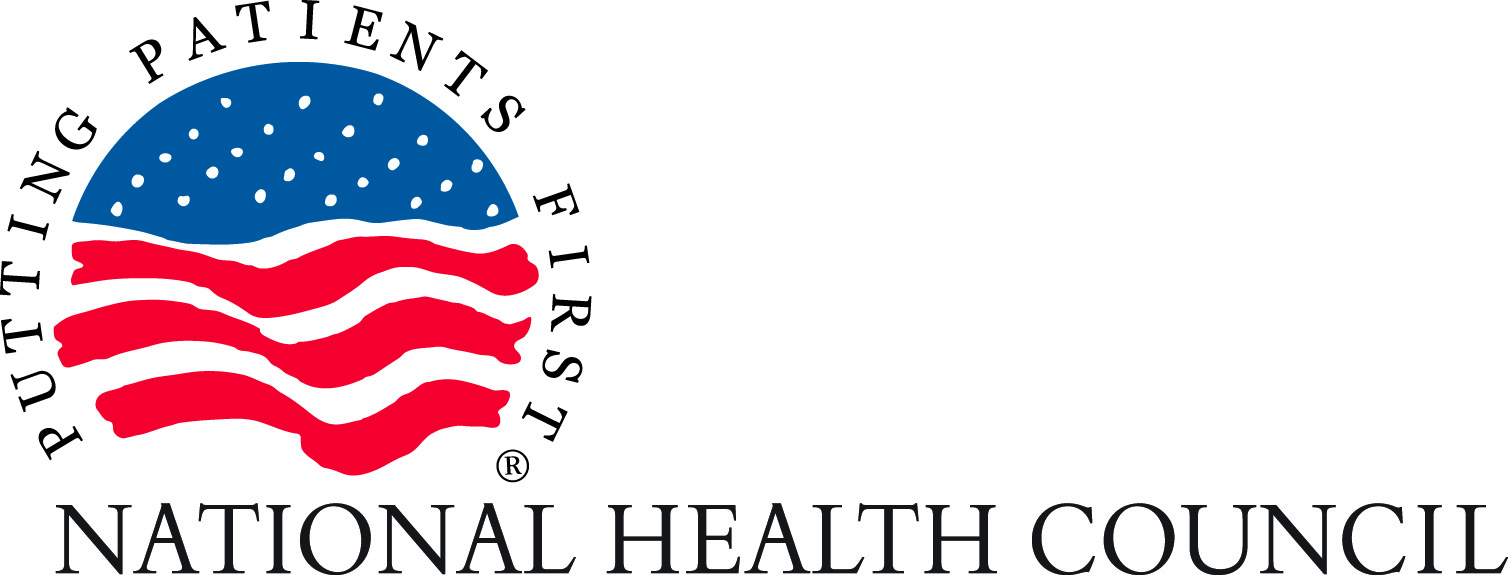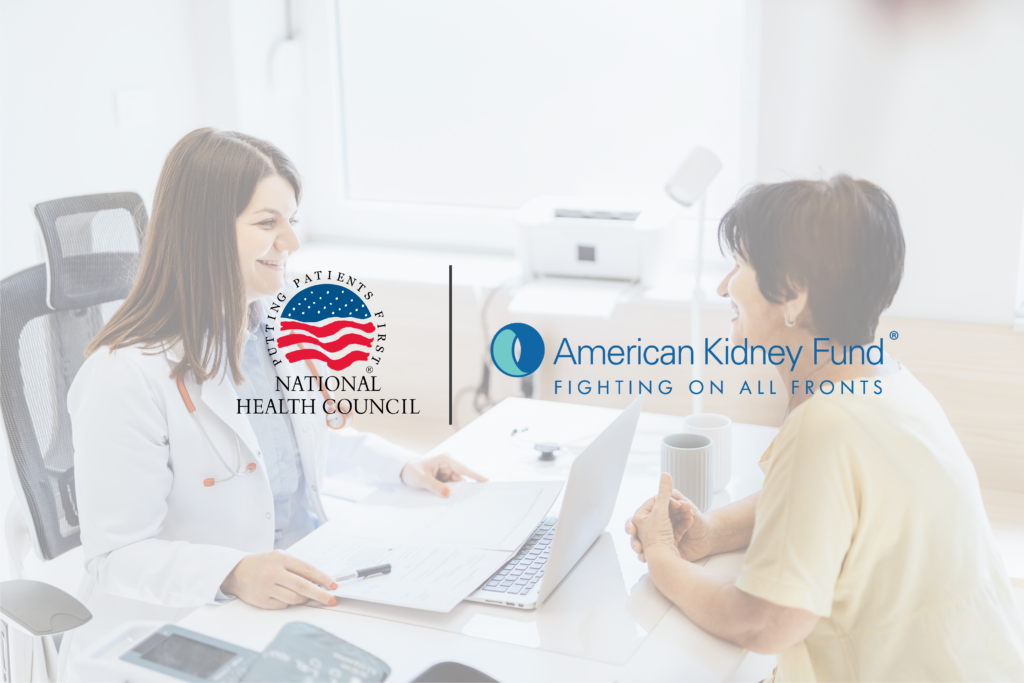

What is Health Literacy and Why is it Important?
By: Annlouise Assaf – Sr. Director, Patient Health Activation, Pfizer, Mehnaz Bader; Research Associate, Health Literacy and Patient Activation, Pfizer; and Michael Zincone, Sr. Director, Patient Advocacy, Pfizer
Health literacy is defined according to Healthy People 2030 as the degree to which individuals have the ability to find, understand, and use information and services to inform health-related decisions and actions for themselves and others.1
Health literacy occurs when a society provides accurate health information and services that people can easily find, understand, and use to inform their decisions and actions. It can be evaluated using three core principles, which include:
- Readability: an objective measure of reading difficulty
- Understandability: the ability of consumers to process and explain key messages
- Actionability: which ensures consumers can identify what actions they can take based on the information presented.
Low health literacy can make it difficult for patients and caregivers to adhere to treatment plans, share health history, recognize signs and symptoms of illness, and find providers or services. This can lead to negative effects on health outcomes, and the entire health care system. 2,3
One important component of reducing health disparities and increasing health equity involves addressing existing barriers to health literacy. Plain language that is understandable and actionable can help activate and empower patients to manage and improve their health. However, content must be presented in a clear and easily accessible way using plain language that is easy to understand and effectively communicated.
Introducing Clear-AI: a resource to support use of proven health literacy principles
The Clear-AI Health Literacy Tool is an evidence-based, health literacy tool designed to optimize patient materials for lay audiences. By incorporating health literacy best practices, Clear-AI improves written text by checking readability, understandability, and actionability. It was developed in partnership with patient advocates and academic partners utilizing evidence-based health literacy principles that can optimize patient-facing materials for individuals accessing health information.
With this tool patient advocates have a consistent approach in creating high quality and understandable health information for patients and caregivers. There are customizable health literacy checks content developers can include when reviewing their documents. Users simply upload their document directly into the Clear-AI digital platform and receive suggested feedback and readability scores on their respective content. Users can then apply the recommendations to the document to ensure the content is in plain language and understandable.
How patient advocacy groups can access Clear AI
The Clear-AI Health Literacy tool is currently open to patient advocacy groups in the U.S. and available in English and Spanish. Patient Advocacy Groups can utilize this resource at no cost via requesting access to the Patient Advocacy Leadership Collective platform. Once the request has been approved individuals will be requested to create a unique user account for themselves and begin using Clear-AI. Sign up with the Patient Advocacy Leadership Collective to get updates and learn more!
Pfizer is a member of the National Health Council. For more information on NHC membership, please email [email protected].
References:
- Health literacy in healthy people 2030. Health.gov. Accessed August 24, 2021. https://health.gov/healthypeople/priority-areas/health-literacy-healthy-people-2030
- Berkman ND, Sheridan SL, Donahue KE, et Ann Intern Med. 2011;155(2):97-107.
- Mitchell SE, Dikova E, Jack BW, Paasche-Orlow Health literacy and 30-day post discharge hospital utilization. J Health Commun.2012;17(suppl 3):325-338.
- Bostock S, Steptoe Association between low functional health literacy and mortality in older adults: longitudinal cohort study. BMJ.2012;344:e1602. doi:10.1136/bmj.e1602.
- Shoemaker SJ, Wolf MS, Brach C. Patient Educ Couns. 2014;96(3):395-403.



